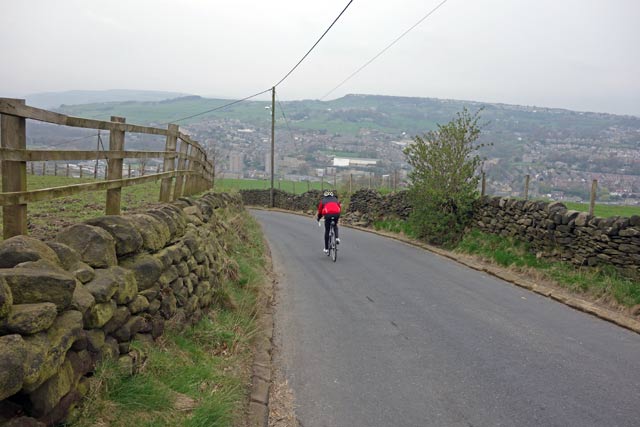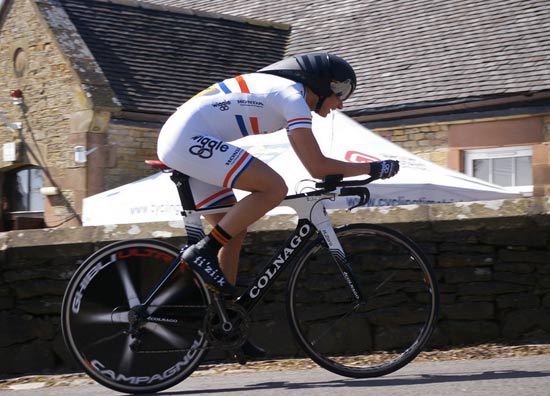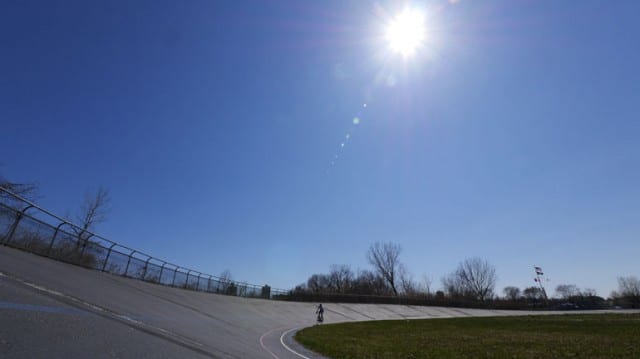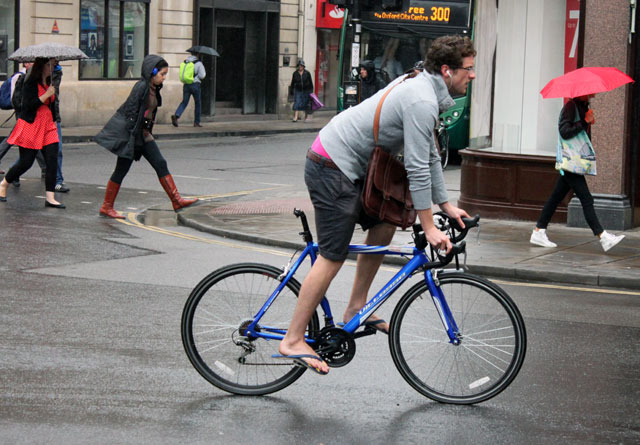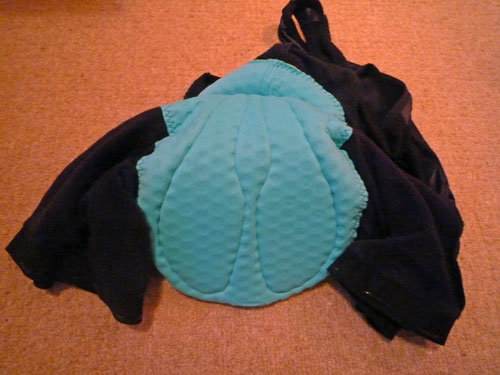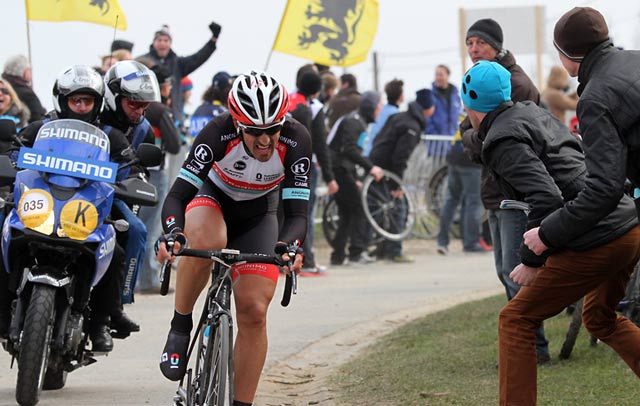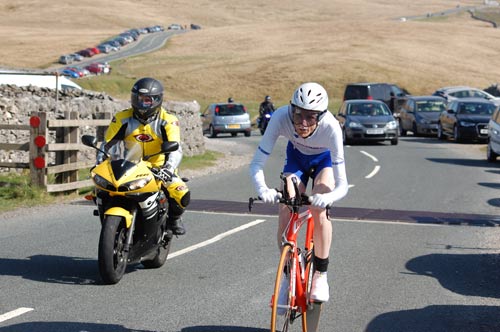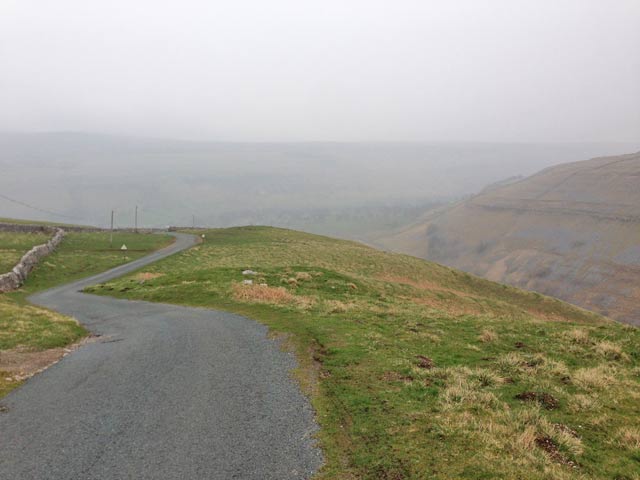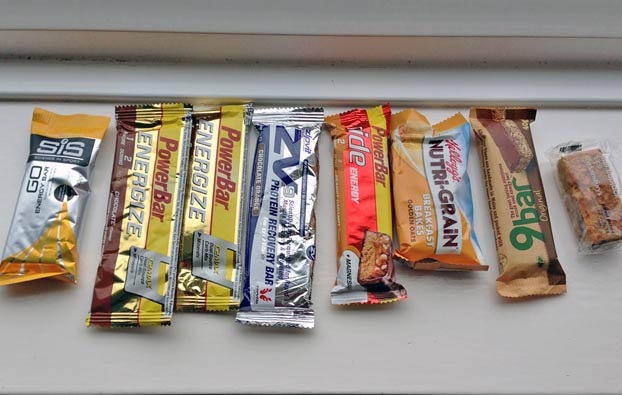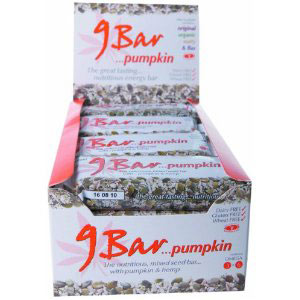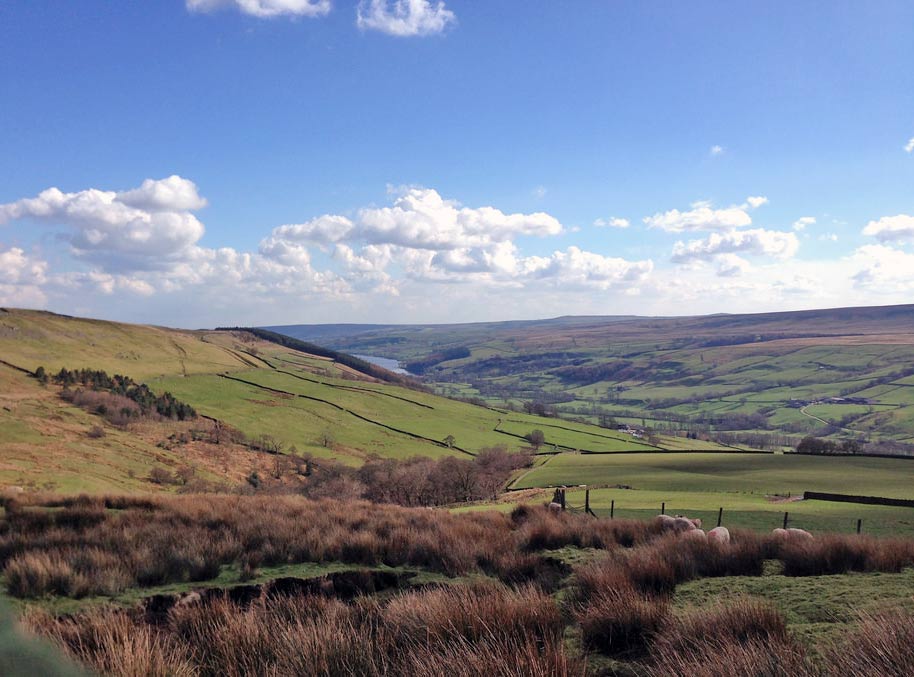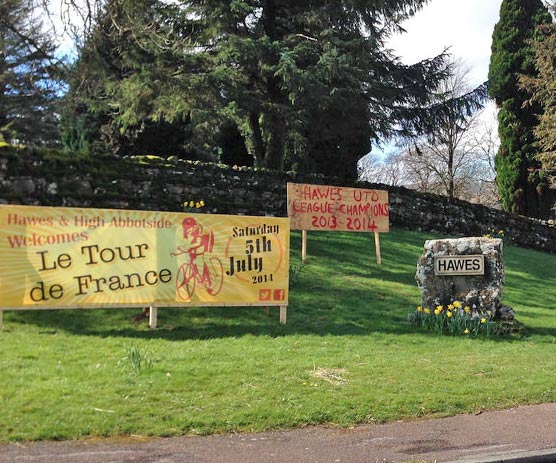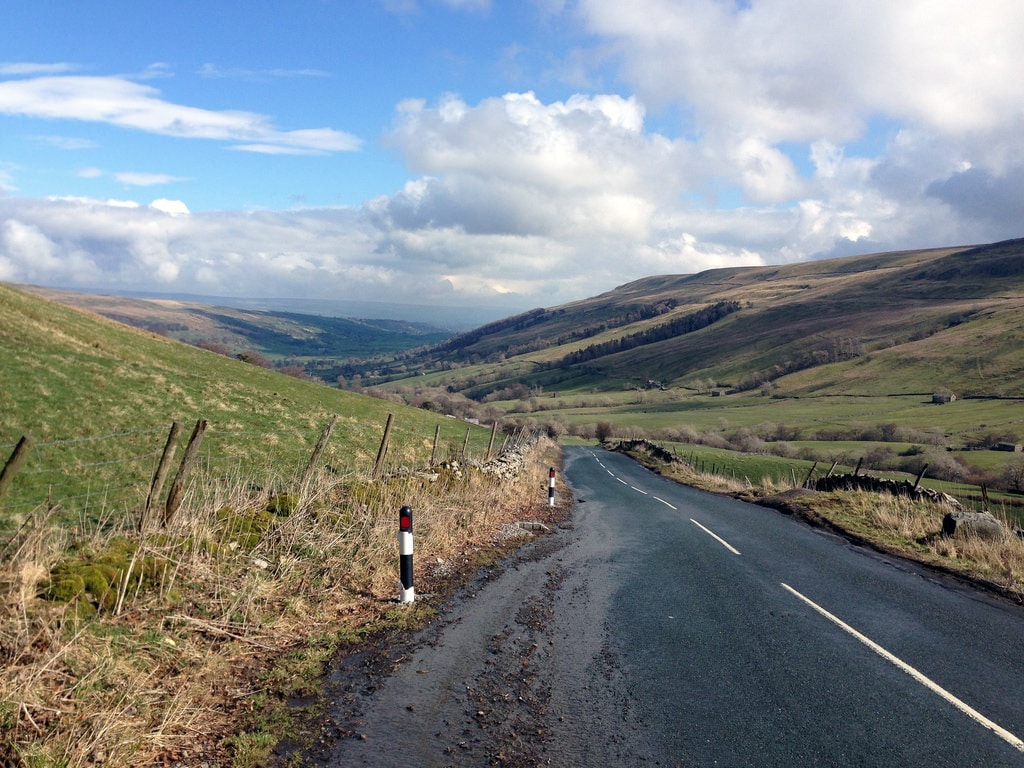A training ride over Cragg Vale, Ripponden Bank and several other climbs which seem to proliferate around the Hebden Bridge area. Some of the climbs like Oxenhope Moor, Cragg Vale and Ripponden Bank feature in the TDF stage 2. Shame they didn’t put Luddenden Moor in there.
After Friday’s Buxton MTT, my legs were still a bit tired, but it was Easter Sunday, good weather and I was keen to check out some climbs in South Yorkshire, used in the upcoming TDF stage 2. I rarely go in this area, but it is great if you’re looking for hills to cycle up. Despite frequently getting lost and not always knowing where I was going, it was a good ride.

Over Bingley Moor, I went through Cullingworth to Oxenhope where I joined the TDF stage 2. There is a good steady climb from Oxenhope up to ‘Cock Hill’ on to the moors. At the top, it is quite high at 1,400ft, (400m) It is a fairly steady gradient, not too bad with the wind behind you. I was stopped at two sets of temporary traffic lights, as the council work furiously to get the road ready for the ‘big race’
From the top of Oxenhope moor, there is a great sweeping descent into Hebden Bridge. Not too steep, just nice and long. It will make a good climb the other way, with quite a significant height gain of over 280 metres. At Hebden Bridge, I had a vague idea to look for Mytholm Steps, but my OS map didn’t go that far. I ended up going miles past, ending up in Todmorden. I stopped to ask a kind elderly gentlemen, (he had a badge to say he was a veteran of the Normandy landings). He’d lived in Todmorden all his life, and told me I’d come 7 miles too far West. It would have been interesting to stop and talk to him more. But, I moved onto find some climbs.
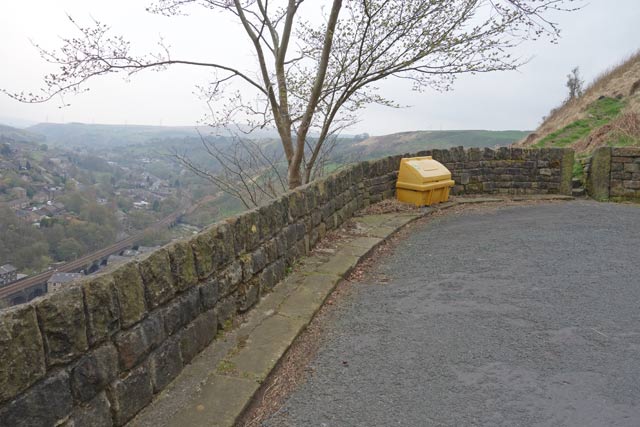
I saw this Pexwood lane, looking suitably interesting – winding it’s way up the edge of a moor. It was a great climb, with double switch backs – quite steep until it rather abruptly stopped at a ‘Private rood’ sign. I might have plodded on and tried my luck, but the road also deteriorated into an unmade surface. I turned around and went back to Mytholmroyd for the Cragg Vale climb.
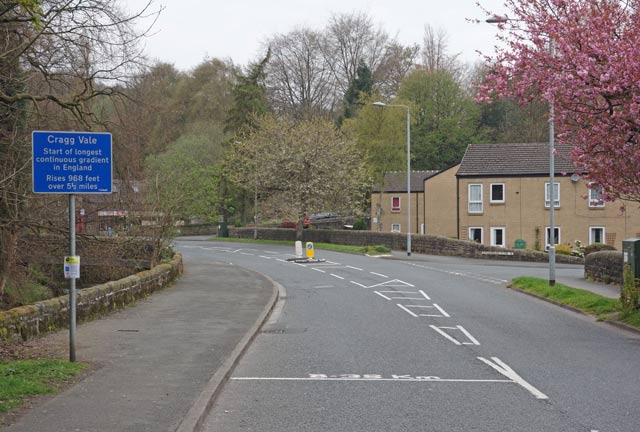
Cragg Vale
- Distance 5.3mi
- Avg Grade 3%
- Cragg Vale
Cragg Vale proudly claims to be the longest continual ascent in England. 968 feet of climbing in 5.5 miles. There is nothing steep, it is a classic long drag or as Magnus Backstedt would say ‘A big ring climb’ Though I didn’t use my big ring, despite an encouraging tailwind. But, it was possible to keep a nice steady speed, even at the steepest section halfway through.
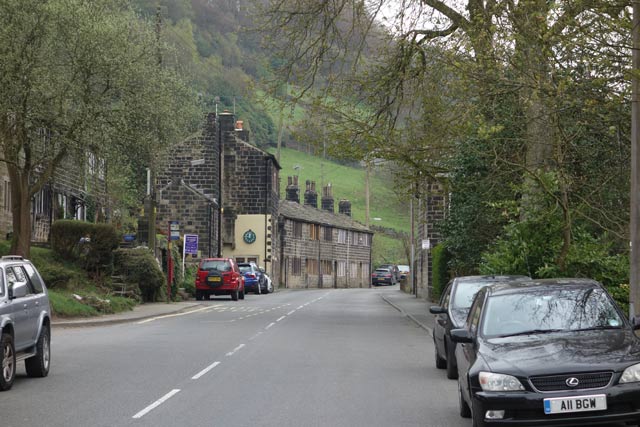
Even at its steepest, it never seems to go over 7%, so you can do the whole climb seated down. It’s a good ‘easy’ taster of long Alpine climbs. You can get into a good rhythm and enjoy the scenery. Someone has put helpful km markers, telling you have long you have left. Though for some reason, who ever put these helpful markers on the road, decided the top of the climb was after -0.5 km of downhill. It did seem to kind of diminish the ‘longest continual ascent in England’ tag.
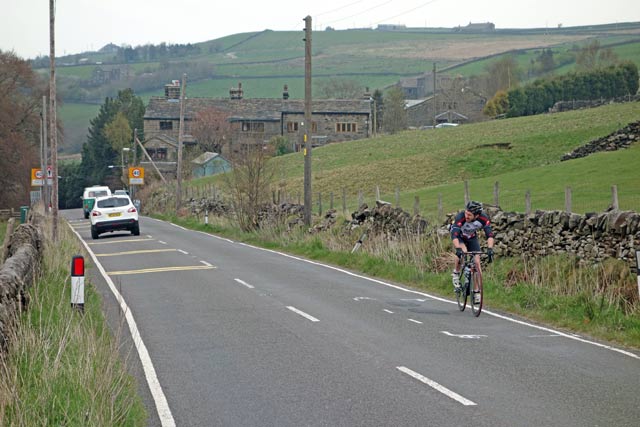
The climb was very popular, I both ascended and descended Cragg Vale and saw a lot of cyclists going up and down. I’m sure the Tour de France has encouraged more to try the climb – it is definitely worth a visit for any cyclist. At the top of Cragg Vale a strong wind was blowing, which made the descent to Ripponden almost as slow as the climb.

